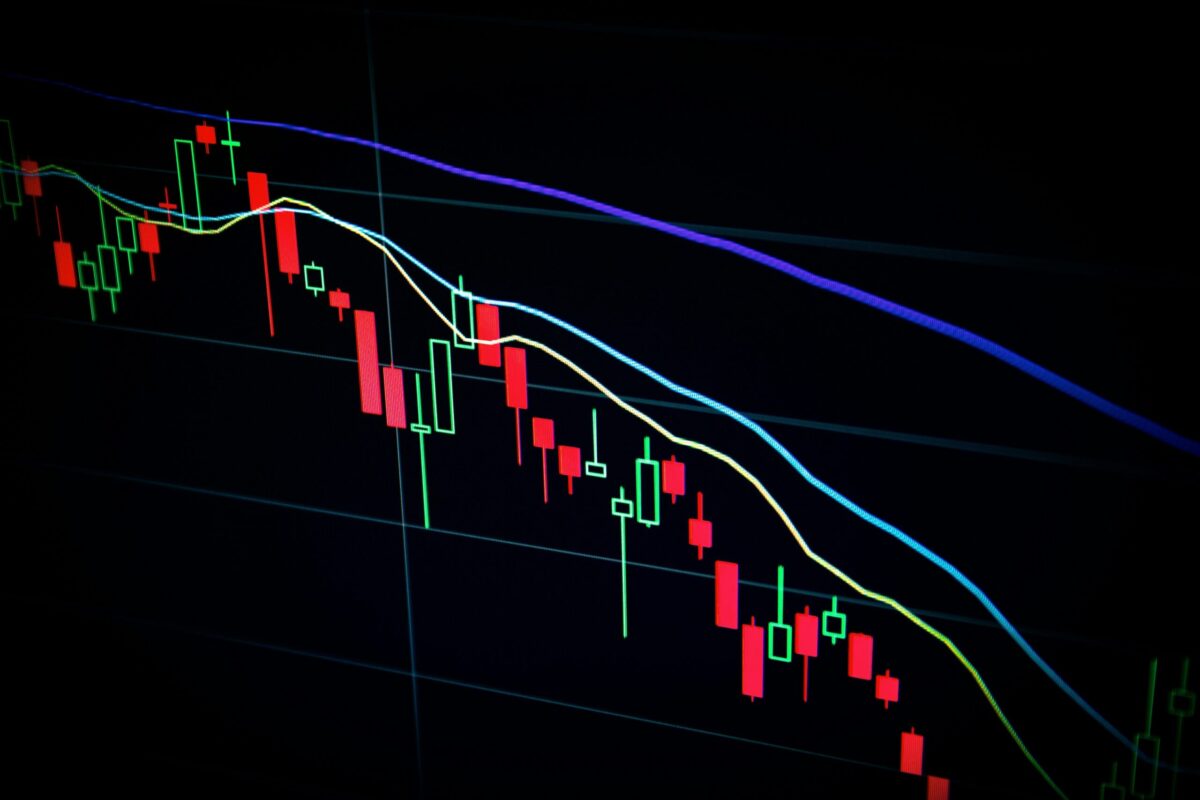The former cryptocurrency mogul finally took the stand in his fraud trial as it closed onto its fourth week. However, the jurors were not present when Sam Bankman-Fried appeared in court on Thursday.
The judge wanted to be the first one to review SBF’s statements to check if they would be acceptable before it reaches the jury. “It may be a little bit of a surprise” said Judge Kaplan to the jurors, but “you’ve got the rest of the day off”.
The former FTX CEO’s decision to testify was seen as a risky move considering the number of public appearances and comments that he had made prior to the trial to invalidate his accountability in the collapse of his crypto exchange.
On Thursday, Bankman-Fried attempted to deflect responsibility for the exchange’s collapse onto FTX’s attorneys. He responded to the questions posed by his lawyers in a polished, straightforward tone.
He took the stand after the defence team had called witnesses Krystal Rolle, a Bahamas attorney who represented Bankman-Fried, followed by financial services expert and consultant Joseph Pimbley.
This comes after weeks of testimonies heard from SBF’s former colleagues and inner circle – former Alameda Research CEO, Caroline Ellison, former FTX director of engineering, Nishad Singh, and former FTX chief technology officer, Gary Wang. They all testified against the crypto titan, accusing the him of specifically directing them to allow Alameda in using FTX customer funds and to hide those actions from the companies’ investors.
Blaming it on the FTX legal counsel
Previously, Judge Lewis A. Kaplan had blocked Bankman-Fried from using the “advice-of-counsel” defence without explicit permission from the court. Since the jurors were sent back home yesterday, arguments around Bankman-Fried’s legal advice at FTX were heard.
The defence had also argued for the same in a Wednesday filing. Judge Kaplan had then wanted to preview SBF’s argument of testifying to the role of his lawyers in more detail before it went on to the jurors.
When the prosecution got to cross-examining him on Thursday, the former CEO was caught off-guard, struggling to reply to questions swiftly. They challenged his responses, highlighting potential inconsistencies and areas where Bankman-Fried seemed unprepared or evasive.
Assistant US Attorney Danielle Sassoon then touched upon one of the main accusations of Bankman-Fried stealing customer funds. “I’d like you to point out where in this agreement it is specified that Alameda is allowed to spend customer funds”, asked Sassoon, handing him a “Payment Agent Agreement” between FTX and Alameda Research.
SBF took quite a while to scan over the document in response to the prosecutor’s question, contrary to when he was answering questions from his own lawyers. He then admitted that he’s “not a lawyer” and couldn’t be sure of his interpretation, pointing to the role of his legal advisors and arguing that any actions were based on their counsel.
As per reports, Bankman-Fried lacked confidence when speaking in the court, as he took a while to respond in lengthy terms. He frequently used phrases like “to my best estimate”, “probably”, and “I think”.
When asked whether he recalled a conversation about how $13 billion had gone missing at the company, he simply responded saying: “I don’t recall”. This topic was a key point of discussion in the trial by prosecution witness Nishad Singh.
Singh had described the financial irregularities of the exchange as “enormous”, explaining that conversations with Bankman-Fried revealed the money was allocated to several ventures outside of FTX’s regular business activities, including venture investments and political donations.
The case of auto-deleting communications
The prosecution had wrapped up its part and rested its case after calling one last witness, FBI special agent Marc Troiano. He was integral in showing Bankman-Fried’s use of the auto-deletion setting for the majority of his Signal conversations, a messaging app FTX used internally for communications.
The prosecutors also touched upon these internal communication practices when SBF took the stand. They highlighted it as a possible sign that Bankman-Fried and his team had something to hide.
To this, SBF responded saying that it was his external general counsel who was the architect of the policy behind automatically deleting things in Signal.
He again said that the lawyers to be behind FTX’s terms of service and its banking arrangement with Alameda Research. In doing so, he named general counsel Dan Friedberg as well as external law firm Fenwick & West as creating many of the documents and policies in question.
Next steps in the trial
SBF’s fraud trial, which had started on 3 October, wrapped up its fourth week yesterday. Set to resume on Monday, 30 October, it will potentially see the presence of jury in the court. The former FTX CEO stands accused of wire fraud, securities fraud, and money laundering for allegedly misled the exchange’s customers and defrauded lenders associated with his cryptocurrency hedge fund, Alameda Research.


